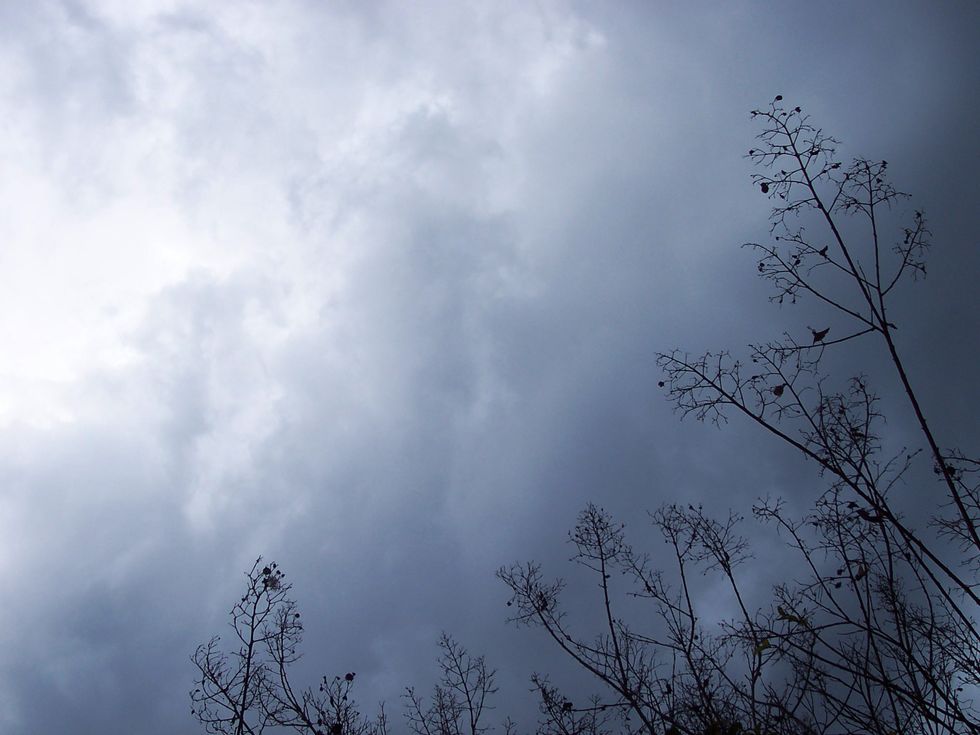Every year, usually right around the time fall has given way to winter and society has suddenly clicked into Christmas mode, pretty much everybody and their mother begins to spout off a piece of "wisdom" about how suicides spike during the holidays. This is absolutely incorrect and is total bull hockey; suicides actually tend to be less frequent in November and December. In reality, suicides are most common in spring.
Why is it this way? Why does it matter? Why do people seem to totally accept this highly incorrect information? First off, I want to provide a little information about why people tend to assume that suicide is most prevalent in the winter. It appears, to me at least, that most people who believe this are conflating depression with suicide. Many people have a condition known as Seasonal Affective Disorder (SAD for short). SAD is a particular form of depression in which certain people begin to experience many of the symptoms associated with clinical depression according to the seasons, usually in the fall and winter months. Most scientists, while slightly perplexed as to how and why these reactions exist, tend to agree that SAD occurs due to a particular photosensitivity in certain people. People who experience other depressive disorders can also experience increased symptoms in the winter months.
Knowing all of this, it makes sense why people seem to assume that suicide happens more often during the holidays because to most people, they recognize that different forms of depression become more noticeable during the winter and it makes sense for that to happen. Much of the confusion probably has more to do with the fact that most people who have either never experienced clinical depression or simply haven't had extensive interaction with others when they experience clinical depression don't quite understand what depression actually is and how it can express differently from person to person. For a lot of people, depression is understood as a deep sadness, and although depression can certainly start as or be a result of this, depression is better understood as being "low". Sure, sadness is common in that low sensation, but sadness is ultimately temporary. Depression is a combination of things like deep sadness, a sense of hopelessness, a lack of interest in life or engaging in life, and a sense of fatigue or lack of energy. It is the last two things that people don't seem to factor into their understanding of what depression is, and it is these two factors that play into why suicides are actually lower and not higher in the winter.
Taking one's own life is an immense burden. It requires a particular level of planning and determination that is simply not there when the most debilitating symptoms of depression occur. It is for this reason why many people become blindsided when their loved ones who appeared to be taking an upswing decide to end their own lives. Suicide is a difficult and tasking decision that requires more effort than most realize because we associate it with "giving up". Spring suicides are almost emblematic of this lack of understanding. We focus so much on our loved ones in the winter months when life is winding down for the year only to neglect one another when life winds back up a few months later.
I get that this misleading warning is made out of caution and concern for the people in our lives, and I wholeheartedly encourage that sense of love for the people in your life; however, depression is not synonymous with suicidal thoughts, and often times those thoughts will not manifest themselves in others in obvious ways or when you think they should. Be there for your loved ones and help take care of them as you would if they were physically ill, but don't stop because you think it's out of season or because they seem like they're getting better. Depression is not a temporary inconvenience, but something that imacts the way people live their lives.

















